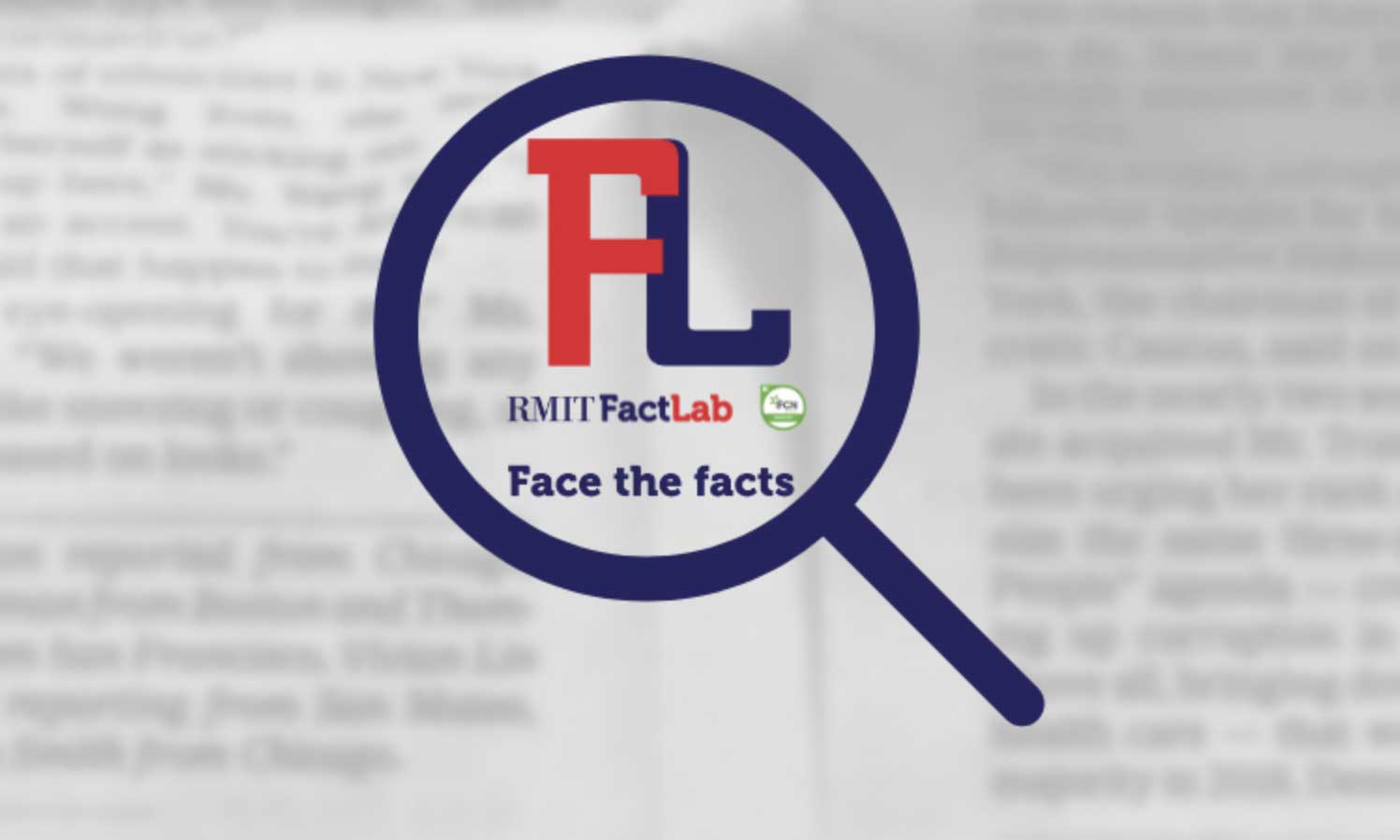While the legislation gives emergency officers considerable powers, it also provides safeguards, including that the powers can only be used on the authorisation of the Chief Health Officer.
The legislation states that the removal of clothing must be done "with decency and sensitivity".
Furthermore, the removal of any child's clothing must be done in the presence of a parent or guardian who can represent and support their interests.
WA's Chief Health Officer, Andrew Robertson, told Fact Check the powers invoked by the declaration of a public health state of emergency had been used to require COVID-19 testing, but no force had been used to ensure compliance.
David Cox, the chairman of the Law Reform Commission of Western Australia, told Fact Check that the Public Health Act 2016 is "unquestionably a very powerful act, but it is designed to be implemented in very rare and extraordinary circumstances".
He said the claim failed to mention safeguards and therefore provided a misleading picture.
The law in WA
The WA list of 2020 legislation identifies COVID-19 specific acts, but there is no "COVID-19 Emergency Powers Act" as mentioned in the tweet.
However, the emergency powers mentioned in the tweet are contained in sections 184 and 185 of the Public Health Act 2016.
The current version of the act commenced on July 22, 2019, so it has not been amended during the COVID-19 crisis.
These powers are only enforceable under a public health state of emergency, as was declared in Western Australia on 23 March 2020, in response to the COVID-19 pandemic.
Under the current Public Health State of Emergency Declaration, all of the emergency powers under the Public Health Act 2016 are available to emergency officers, including powers under sections 184 and 185.
The state of emergency was in force on the day the tweet was posted on Twitter.
Who are authorised officers?
Michael Eburn from ANU College of Law told Fact Check, "in practical terms, only an employee of the Department of Health or a person employed or engaged in a health service provider can be classified as an emergency officer for the purposes of sections 184 and 185".
He said police officers could assist an emergency officer in the execution of their duties.
Can a person be directed to be tested and vaccinated?
Section 184, which refers to quarantine and medical procedures, states that an emergency officer may direct a person "to undergo medical observation, medical examination or medical treatment or to be vaccinated".
WA's Chief Health Officer Dr Robertson said in an email to Fact Check: "These powers may be used to compel a person to undergo a medical examination, including a test for COVID-19, or to be vaccinated if there was a vaccine available."
He said that directions under section 184 had been issued to require people to undergo testing for COVID-19.
Laura Tomlinson, a spokeswoman for the Western Australia Department of Health told Fact Check: "There is no vaccine or immunisation programme for COVID available in WA schools or anywhere else."
Dr Eburn said during a public health emergency the Chief Health Officer could authorise an emergency officer to direct any person, including anti-vaxxers, to be vaccinated.











